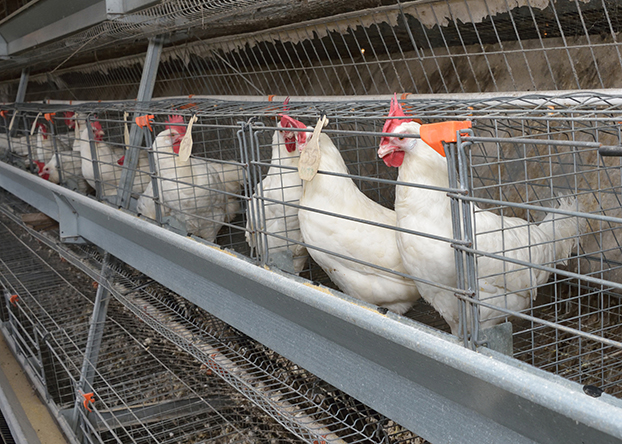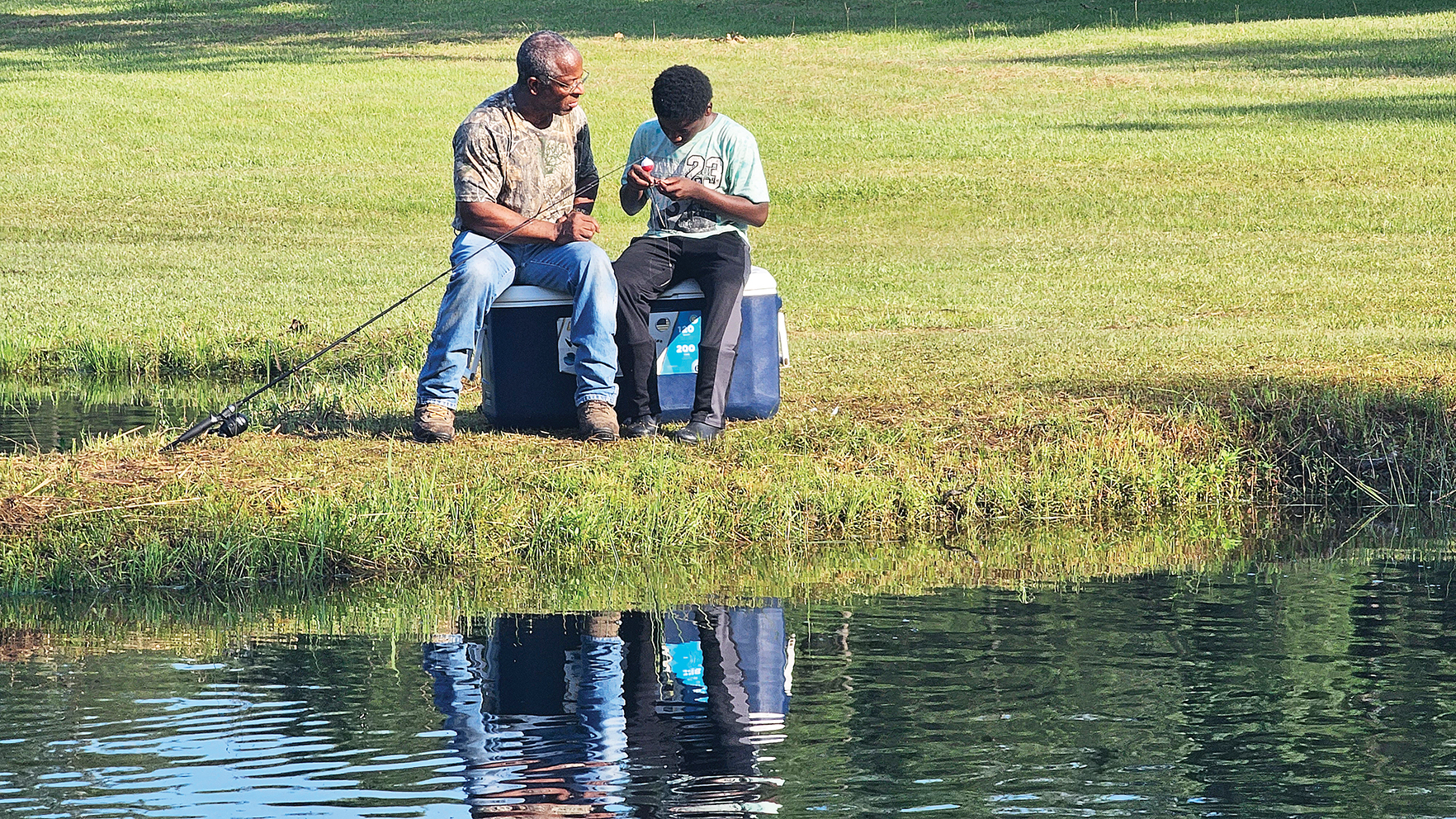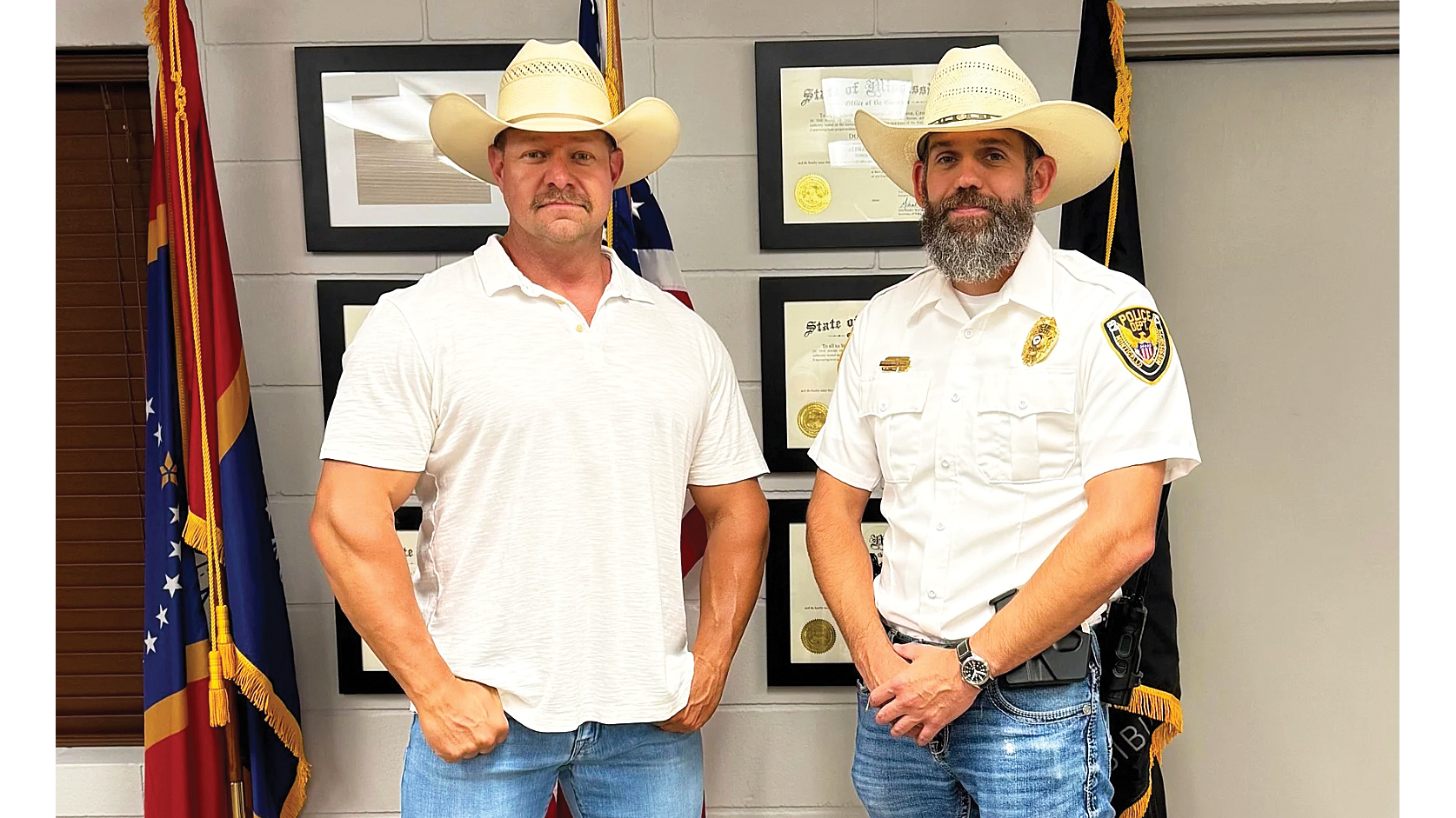Recovery from bird flu continues, vaccine work underway
Published 6:57 am Tuesday, April 18, 2023

- CHICKENS - (Photo by MSU Extension Service/Kevin Hudson) Alt text -- A row of white chickens are in a chicken house. ###
WASHINGTON D.C. — The United States Department of Agriculture (USDA) continues efforts on many fronts to mitigate the latest outbreak of highly pathogenic avian influenza (HPAI) in the United States. This pervasive virus is carried in wild, migratory birds and typically peaks in the spring and summer months in the United States.
The disease first struck a Mississippi commercial flock in Lawrence County on Nov. 4, 2022. Nearly 34,400 birds were affected by the outbreak in the commercial broiler breeder facility. Copiah County had an outbreak in February 2023 in a small flock affecting 50 chickens. Since March, there has not been another outbreak detected in Mississippi.
As part of USDA’s commitment to leave no stone unturned in this fight, on April 13, 2023, the department held a stakeholder roundtable with poultry industry leaders and state government officials to discuss the current and future HPAI strategy and opportunities for continued collaboration.
Participants had the opportunity to hear from USDA leaders including Acting Deputy Secretary Kevin Shea, Marketing and Regulatory Programs Under Secretary Jenny Moffitt and other experts from USDA’s Animal and Plant Health Inspection Service, which is leading on biosecurity measures, and the Agricultural Research Service, which is testing a number of potential vaccines.
“Since the first case of HPAI was confirmed in a commercial flock in the U.S. in Feb. 2022, USDA has followed Secretary Vilsack’s clear direction to quickly identify cases and respond immediately to stop the virus from spreading,” said Shea. “Thanks to collaborative state and industry partnerships and enhanced national animal disease preparedness and response capabilities, we are successfully controlling this outbreak and mitigating its impact on U.S. poultry production and trade.”
The lessons learned since the last major HPAI outbreak are many and have reinforced the importance of biosecurity, enhanced surveillance and testing, and on-the-ground personnel to quickly respond to cases and prevent the disease’s spread. USDA has also achieved tremendous cost-savings during this outbreak – almost 50% over the last outbreak – while also working to secure regionalization agreements and keep markets open with key trading partners.
“All of these lessons learned have informed our current strategy of stamping out and eradicating HPAI – which continues to be the most effective strategy because it works,” said Moffitt. “For example, during the 2014-2015 outbreak, 70% of HPAI cases were attributed to lateral spread. Whereas in this outbreak, lateral spread has been reduced to 15%. But we need to remain vigilant, especially as wild birds continue to pose disease risks. We all must recognize the important role biosecurity plays in limiting the impact of wild birds at farms and facilities.”
Commercial chicken loss due to HPAI have caused heightened prices in eggs and poultry. The market is starting to self correct. According to the USDA, the table-egg laying flock layers was 312.9 million layers in March, up 1.3 percent from February estimates.
USDA forecasts the 2023 production of eggs to be 7,975 million dozen eggs should be a 2.5 percent increase from 2022. The estimate is still lower than the pre-HPAI production of 8,031 million dozen. Average prices of eggs fell to 224 cents per dozen on April 10 which is one of the “lowest levels” since the first HPAI outbreaks were reported in the spring of 2022.
Work on vaccine
APHIS regulates veterinary biologics, including animal vaccines. APHIS carefully reviews and approves vaccine candidates to ensure they are safe, potent, pure, effective and well-matched against the genetics of the current virus strain.
USDA’s Agricultural Research Service (ARS) has begun avian influenza vaccination trials this month. ARS researchers are currently testing several vaccine candidates. Initial data from the animal study with a single dose of the vaccine are expected to be available in May 2023. The researchers expect to have two-dose vaccine challenge studies with results in June 2023.
Should the trials be successful, and should USDA elect to continue development, the next step is identifying manufacturers interested in vaccine production. Once one or more manufacturers are identified, there are 20 discrete stages to complete before vaccine delivery. These stages begin with feasibility work by the manufacturer and culminates with product label submission and review. General time frames are 2.5-3 years; however, in emergency situations manufacturers may expedite development, resulting in a shortened time frame to licensure.
From vaccine development to production timelines, to dissemination to flocks, there are many factors that make implementing a vaccine strategy a challenge and it would take time to deliver an effective vaccine. In a best case scenario, USDA estimates an 18-24 month timeline before having a vaccine that matches the currently circulating virus strain, is available in commercial quantities, and can be easily administered to commercial poultry.





